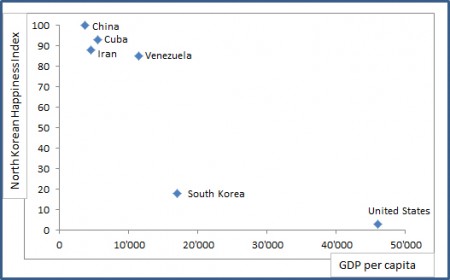
The economic security of individuals and households is a major challenge for development interventions in conflict-affected countries. Once the conflict is over and humanitarian aid leaves, how do you feed people, secure livelihoods and improve markets and market access? An important finding from a major EU-funded research program on conflict analysis is that the answer to this question is closely linked to processes of institutional change that take place during violent conflict.
As the research conducted thus far as part of the MICROCON project illustrates, violent conflicts kill and destroy. However, conflict-affected countries are also characterized by intense institutional change that needs to be better understood. Institutional change takes place when different actors contest and sometimes win over former state institutions, transforming social, economic and political structures, organizations and norms.



